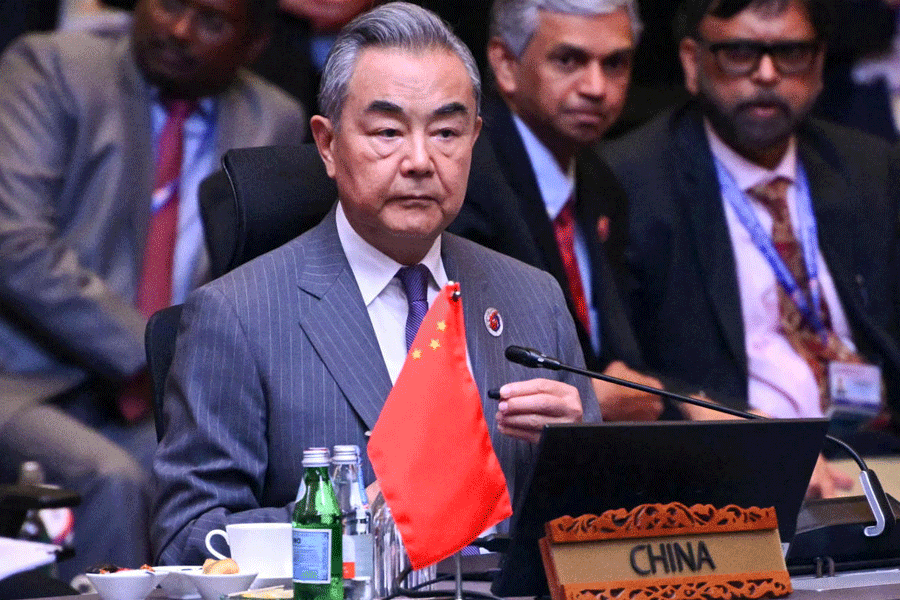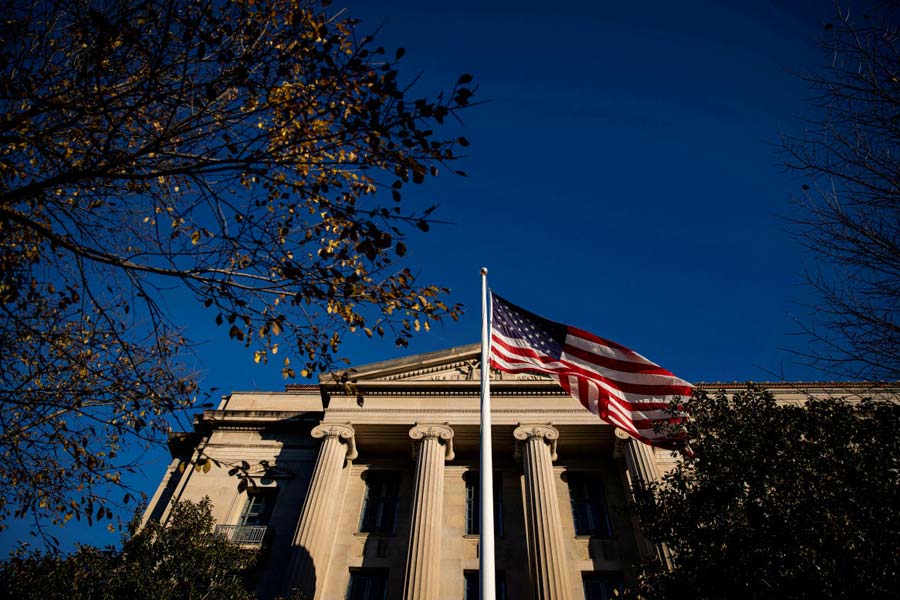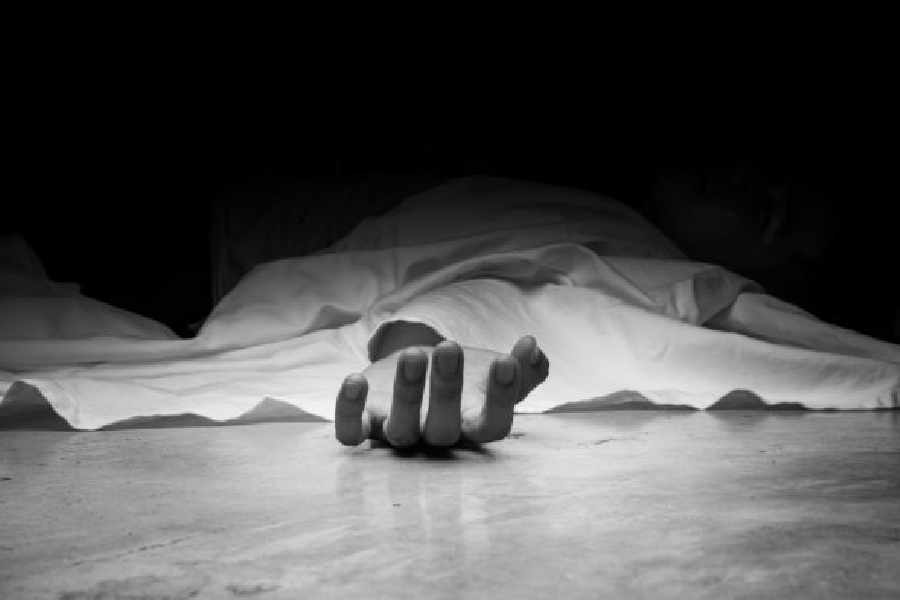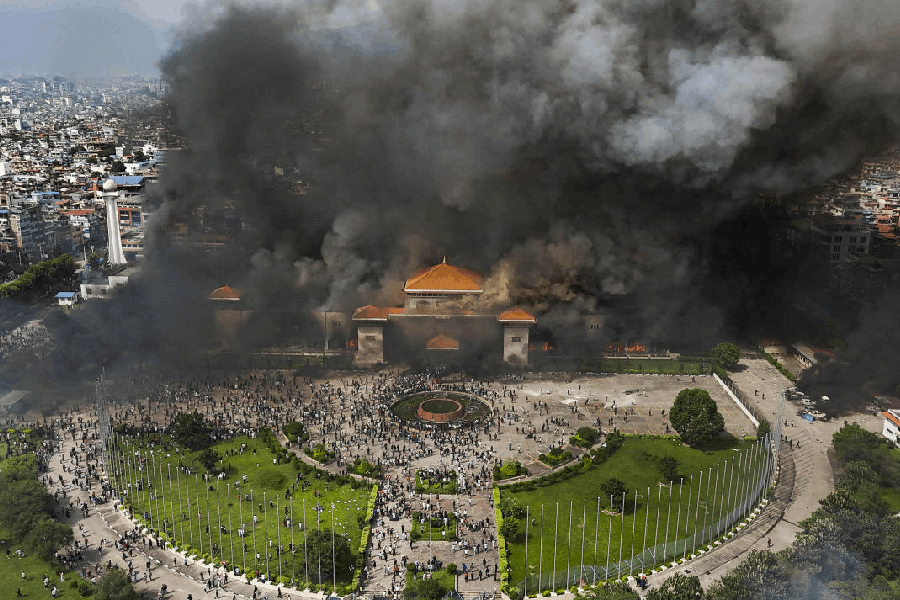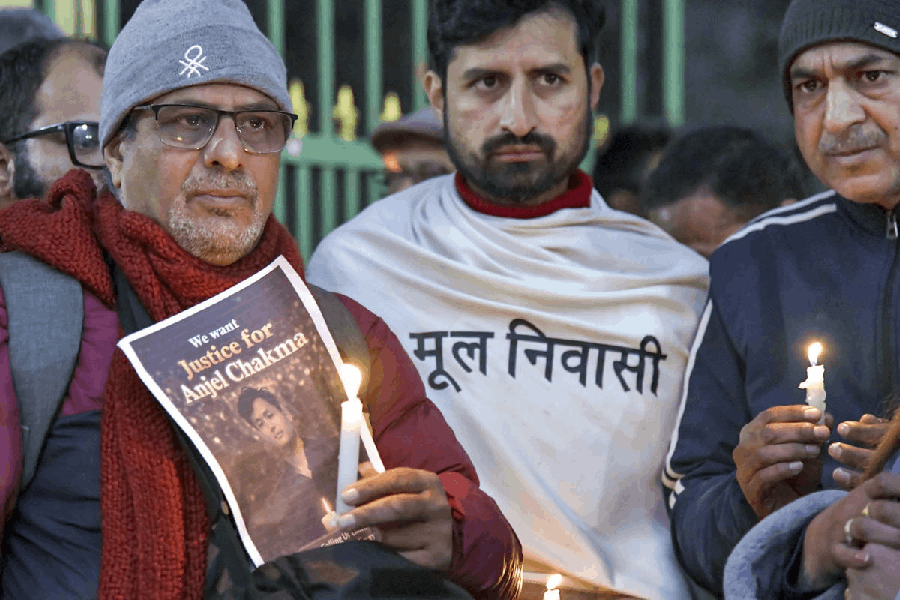 |
| NOW AND THEN: Paul Saltzman (top left); cover of his previous book (above); the 24-year-old Saltzman with Ringo Starr (left)FAB FOUR: (Clockwise from above:) George Harrison; Ringo Starr, John Lennon and Paul McCartney; McCartney; Lennon with wife Cynthia; Harrison at the ashram in Rishikesh |
There is now a pretty solid body of evidence that for The Beatles, India was their most creative period. When they were in Rishikesh for several weeks in February, March and April of 1968, they wrote between 23 and 48 songs, 17 of which were included in their White Album, one of their best known.
We know this from the account given by Paul Saltzman, now a distinguished Canadian filmmaker, who went up to Rishikesh in February, 1968, and was included for a week by The Beatles as part of their inner circle. Perhaps The Beatles felt sorry for him, for Saltzman, then 24, had received a letter from his girlfriend who had dumped him. Seeking solace for his painful heartbreak, he wandered up to the mountains and found the ashram in Rishikesh. What he didn?t know was that The Beatles were also holed up with there with the Maharishi Mahesh Yogi, a ridiculous figure who initially fooled the impressionable youngsters with his talk of Indian philosophy, vegetarian food with no spice, transcendental meditation and the like. But The Beatles, who by 1968, were just about the most recognisable people on the planet, probably felt trapped by their fame and fortune. In Rishikesh, when Saltzman caught up with them, they certainly were looking for some kind of escape.
Paul McCartney was there with his girlfriend at the time, Jane Asher; John Lennon with Cynthia Powell, his first wife, whom he had married when she had become pregnant; Ringo Starr with Maureen Starkey, his first wife whom he, too, had married when she had seen to it she had fallen pregnant as a way of getting him away from competition; and George Harrison was there with his first wife, Patti(e) Boyd. Another member of the group was Mia Farrow, the American actress who, like Saltzman, was also nursing a broken heart because her marriage to Frank Sinatra had ended.
It has been said that 1968 was the year that rocked the world. That can be claimed for most years but this was the period when anti-American riots protesting against the United States? Vietnam war erupted in capitals across the world, including especially in front of the US embassy in Grosvenor Square.
It was a year scarred by the assassination of Martin Luther King and the late President John F. Kennedy?s younger brother, Robert. Richard Nixon was elected president that year. In Hollywood, Bullitt, starring Steve McQueen, was a hit film, and Stanley Kubrick?s 2001: A Space Odyssey won an Oscar for Best Special Visual Effects. President Kennedy?s widow, Jacqueline, married the Greek shipping millionaire, Aristotle Onassis. That was the year when Simon and Garfunkel sang Mrs Robinson and Sound of Silence in The Graduate, starring Dustin Hoffman. In India, Chowringhee was released.
For Saltzman, it proved a week that changed his life. For eight days, he had slept in a tent outside the ashram which was out of bounds to most people because The Beatles were inside. Then he was allowed in, given a 10-minute crash course in meditation, and generally allowed to fend for himself. He spotted The Beatles and introduced himself.
As a boy in Canada, he was familiar with their music and had danced to She Loves You in the early 1960s, admired their album, Rubber Soul, and attended their concert in Toronto in 1964. But he was not a groupie. ?I walked over and said, ?Do you mind if I join you?? And John looked over and said, ?Sure, mate, pull up a chair.? And Paul pulled a chair in next to him and said, ?Come and sit here.??
After a bit of banter, he was mysteriously absorbed into their group. Later, he asked the four, individually, whether he could take some pictures. ?Paul said, ?Go right ahead, no problem.??
Saltzman, who was on his first trip to India because he was doing a little sound recording for a documentary being made by the Canadian Film Board, had an inexpensive Pentax plus 50mm and 135mm lenses. Over the next seven days, he took about 50 intimate photographs on Ektachrome 64 transparency of The Beatles, most of which are now going into his book, The Beatles in India. This is an updated version, with more text and pictures, of his first book, The Beatles in Rishikesh, which he brought out four years go. He was lucky that The Beatles, who clearly did not feel their privacy was being invaded by his presence, allowed Saltzman unfettered access. Most probably, they sympathised with the agony of a young man suffering the pain of a break-up.
In the ashram on the edge of a cliff overlooking the Ganges, The Beatles were busy making music, in between periods of meditation. ?They were there for different reasons,? remembers Saltzman.
Harrison, who had by this time met Ravi Shankar and had spent months in Bombay learning the sitar from the maestro, ?was there to go deeper into his spirituality and his understanding of the divine. John was there to get the secret of the meaning of life, which, of course, does not exist in that form. Paul was there because he was interested in meditation. It was helpful and fun to be all together. Ringo was there out of group togetherness, a bit of curiosity but he was not particularly interested in meditation.?
One moment remains etched in Saltzman?s memory. ?George was practising the sitar and it was just the two of us sitting together. George said ? he said this without any ego, (he was) a very calm, very wonderful man ? ?Like we are The Beatles, after all, aren?t we? We have all the money we could ever dream of, we have all the fame you could ever wish for, but it isn?t love, it isn?t health, it isn?t peace inside, is it?? For four working-class lads from Liverpool, this was probably the revelation at Rishikesh.
The four moved on to new women in their lives. And this year, Cynthia is publishing her revised biography of Lennon, while his second wife, Yoko Ono, is helping with the production of a musical on his life. Saltzman is providing his own account of The Beatles in India (the German publishing firm, Schwarzkopf & Schwarzkopf, is bringing out one edition, while the author is releasing a special box set, done up in Indian raw silk, through his own website).
?The sentence George said to me impacted on me hugely so I have never forgotten that,? says Saltzman.
In 1968, he returned to Canada, became a distinguished television producer and director, won distinction for his documentaries and such TV comedy or action series as Danger Bay and My Secret Identity. His 26-part documentary series, Spread Your Wings, showing how creative talent and skills are passed on from one generation to the next in different cultures, took him to 22 countries. He has now been to India ?may-be 50 times?.
On his fifth trip, he met Deepa Mehta, who moved to Canada with him after they were married in Delhi in 1973. The marriage has now ended but their daughter, Devyani, who read human sciences at Hertford College, Oxford, is now 25 and obviously close to her father.
Despite the divorce from Saltzman, Deepa did once tell me, when she was in London to promote Earth, starring Aamir Khan, that she owed a great deal to her former husband.
?We are not friends,? Saltzman warns me. ?I met her while I was shooting a documentary in India. She also asked me (to show her) how to make films which I did. That does not mean I made her, she made herself.?
I reassure Saltzman that when Deepa had touched briefly on her marriage, she had indeed spoken warmly about her husband. ?That?s nice,? acknowledges Saltzman.
It seems the whole Beatles experience has now become mixed up in Saltzman?s mind with the ups and downs in his own life. As for the photographs he took, he returned home to Toronto and tossed them to one side. ?I put the pictures away and I actually forgot about them completely,? he explains.
When Devyani was eight, he did tell her bedtime Beatles? tales, which she suddenly remembered at 18, when she, along with three of her friends, had discovered The Fab Four, as successive generations have done. She was the one who persuaded her father to find the photographs which were located after an exhaustive hunt.
?You know, Dad, they are great,? remarked Devyani. ?You should really do something with them.?


